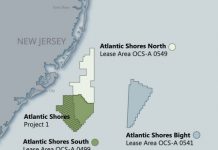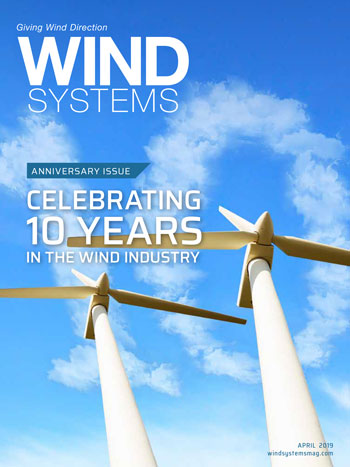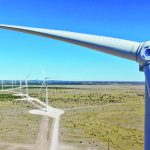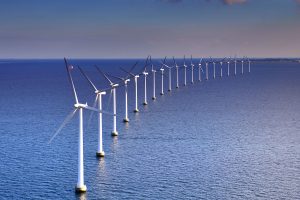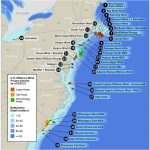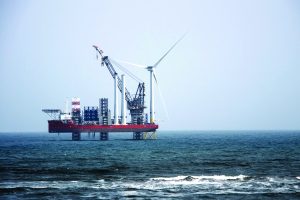As the wind-turbine market enters a new era driven by subsidy and tax credit free cost parity, a new generation of wind-energy technology is poised to hit the market by 2020.
Markets that are shifting toward a competitive tendering process continue to drive the need for higher AEP as well as lower CapEx, OpEx, and LCOE.
Additionally, new technologies on blade segmentation and turbine erection will unlock previously untapped pockets of the global market, in both space constrained sectors or areas of complex terrain where conventional technology is not cost effective.
Collectively, the industry will spend approximately $28.2 billion in private R&D by 2028, matched with approximately $8.7 billion in public R&D funding over the same time-frame. The private investment represents an industry average of approximately 5.3 percent of expected revenue and is a significant increase off the average industry low of approximately 2.7 percent back in 2013.
Regionally, Western Europe, Japan, and China will dominate the R&D and technology development landscape with North America lagging behind due to an unfavorable political environment in the U.S. and lack of meaningful government support for climate-change technology.
India is potentially emerging as a hotbed of technology development as low costs and government initiatives on renewables and manufacturing competency development continue to drive optimism. GCC states also are poised to see an increase in spending on renewable energy technologies in general over the next 10 years.
Australia, New Zealand, Singapore, the Philippines, Malaysia, and Indonesia are likely to see some modest spending on R&D as increased wind penetration increases awareness of technology function and development opportunities.
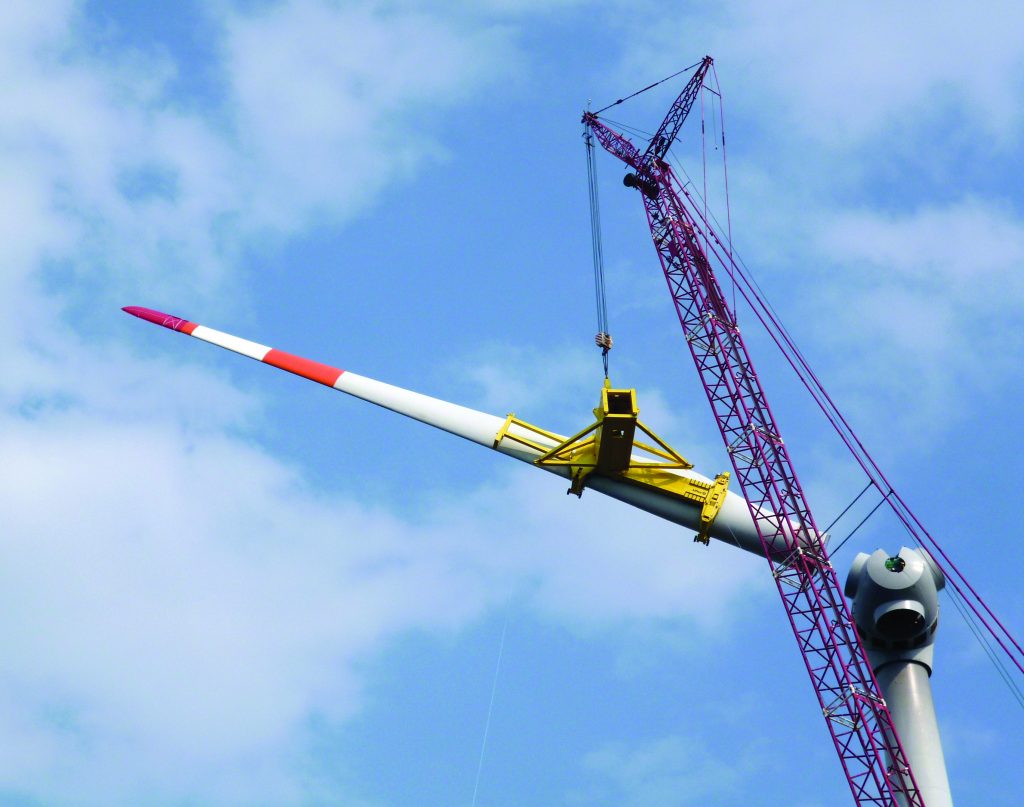
Eastern Europe, Latin America, and Africa will see minimal R&D spend in the next 10 years, but they have an opportunity to grow as wind-turbine capacity additions increase in those regions and economies recover.
The overall trend in onshore wind-technology development appears to be focused on system integration. This is driven by expected growth in distributed generation technologies as well as the increasing cost competitiveness of solar technology. Wind-turbine OEMs are shifting focus to go beyond just turbine production and incorporate energy storage and solar into turnkey systems with fully integrated controls.
Digitalization also is driving a significant portion of technology development as data analytics companies, turbine OEMs, sub-component suppliers, asset owners, and even ISPs all look to incorporate asset performance optimization, asset health management, and even energy trading/balancing capabilities into their product and service offerings.
Nevertheless, in this era of advanced-technology development for performance enhancement and LCOE reduction, it is also imperative to consider the bankability of new technologies as a guide on the likelihood and timing of commercial adoption. There is a plethora of new ideas stuck in the conceptual and preliminary design phase that appear to be attractive but lack a path and the corresponding investment to become commercially available.
Many major asset owners, as well as turbine OEMs and sub-component suppliers, have rekindled their external technology scouting activities, and these efforts are poised to drive M&A to fill specific gaps. The era of “not invented here” seems to be dwindling as technology partnerships and license agreements are likely to see an increase in the coming years.
There is a significant amount of technology at a mid-range technology readiness (maturity) level and will require the bulk of the total investment. A total of 46.2 percent of all innovations have undergone some type of bench-testing, prototype development, or field testing, while 23.3 percent are commercially available or in a pre-series development stage, and 30.6 percent are still in a design stage.
Companies must continue to focus on R&D spending to ensure their products remain competitive, and governments need to continue to support the companies who make such investments. A strong correlation has long existed in markets that spend the most on R&D and those with the most wind-capacity additions. Ultimately, R&D is a precursor to subsequent technology deployment, and therefore the cost reductions associated with achieving economies of scale in that market.
More info www.intelstor.com
















